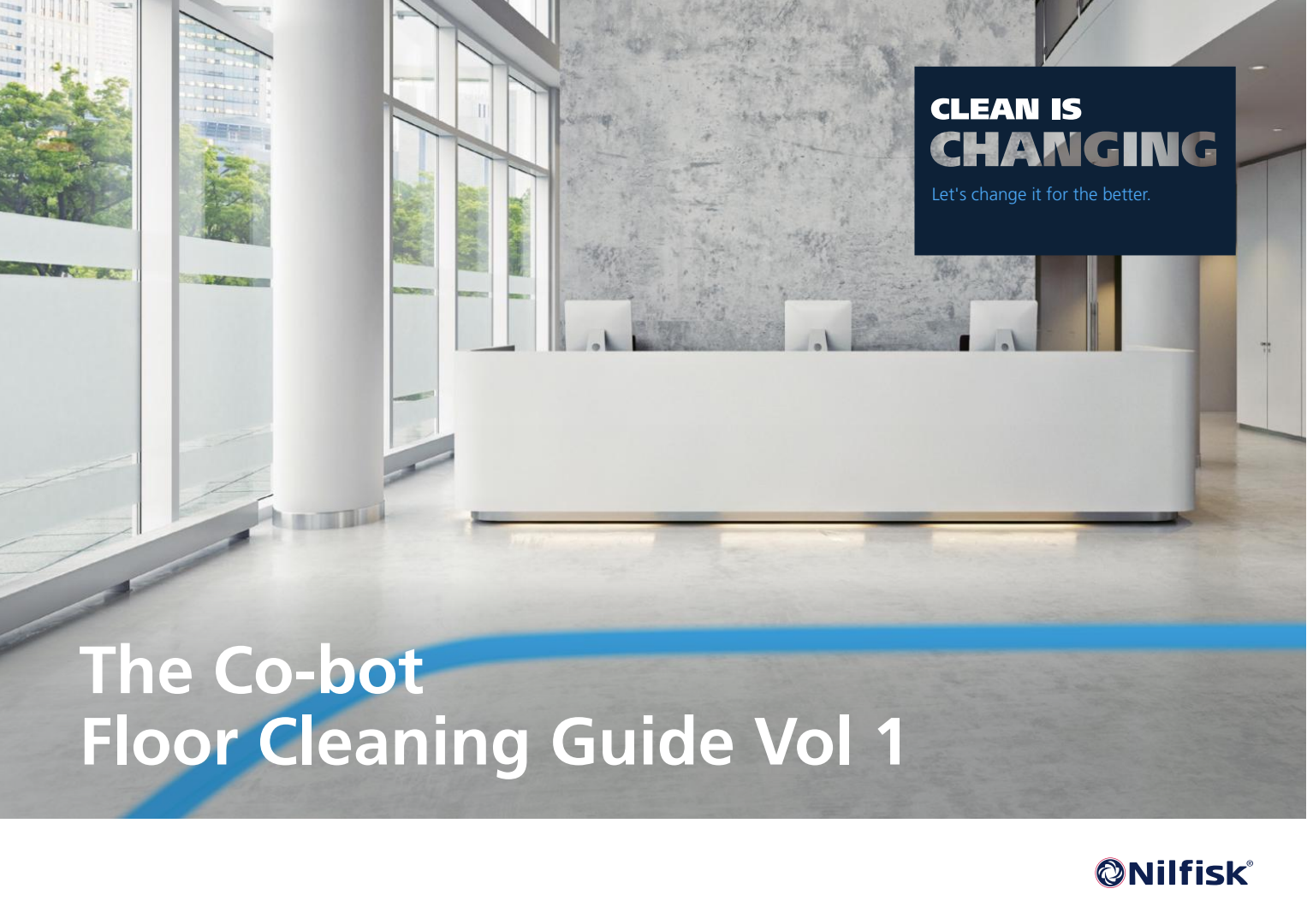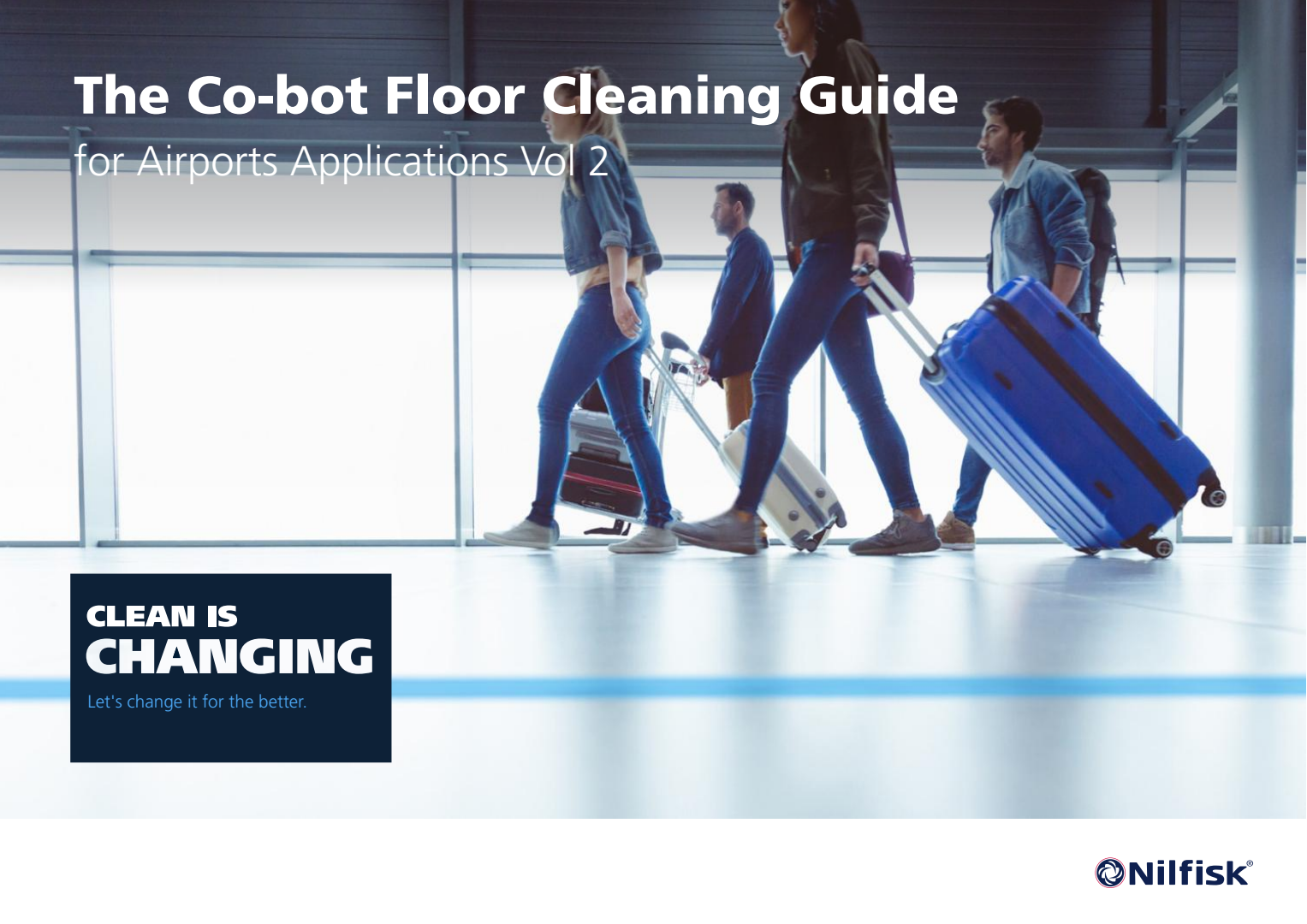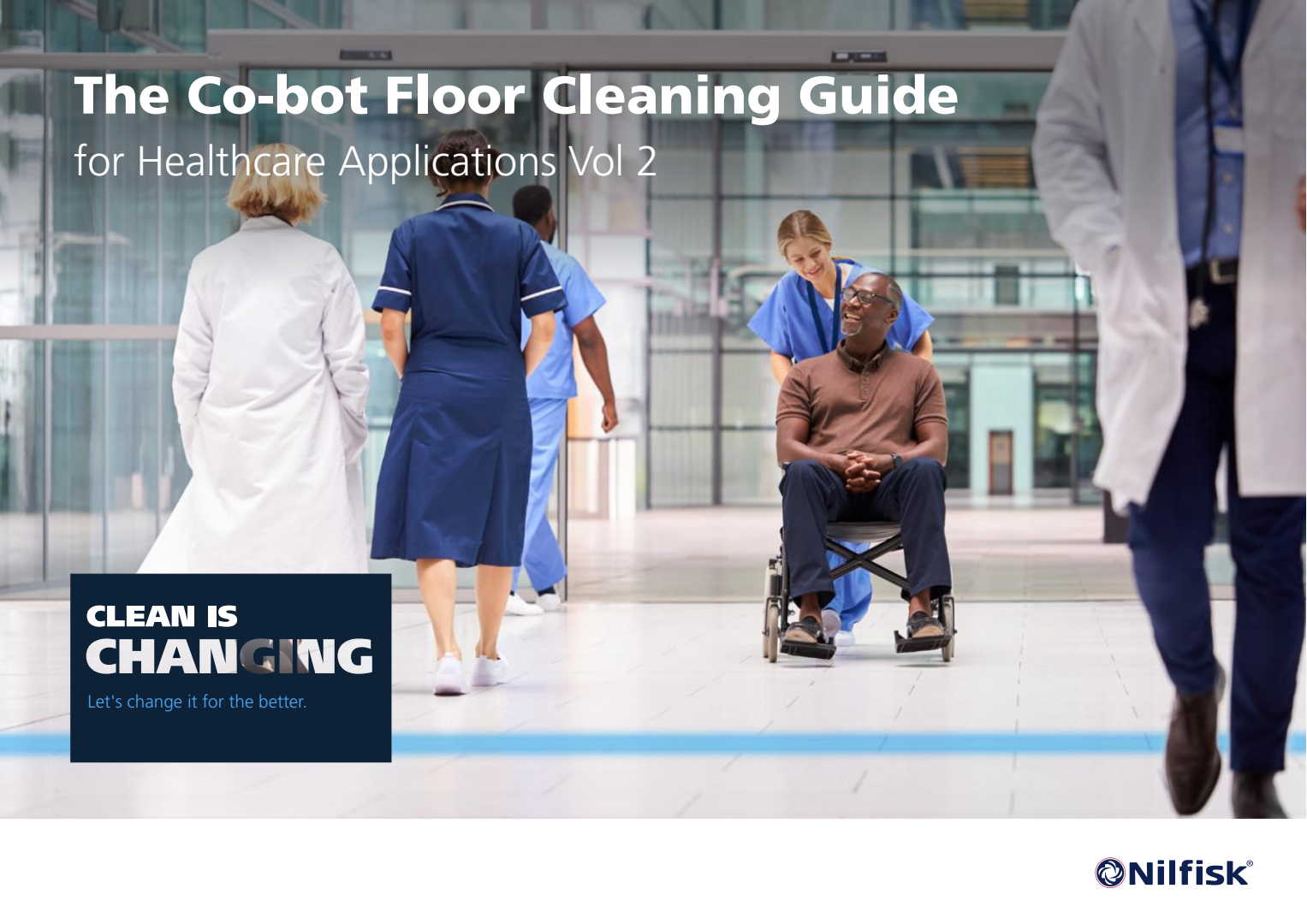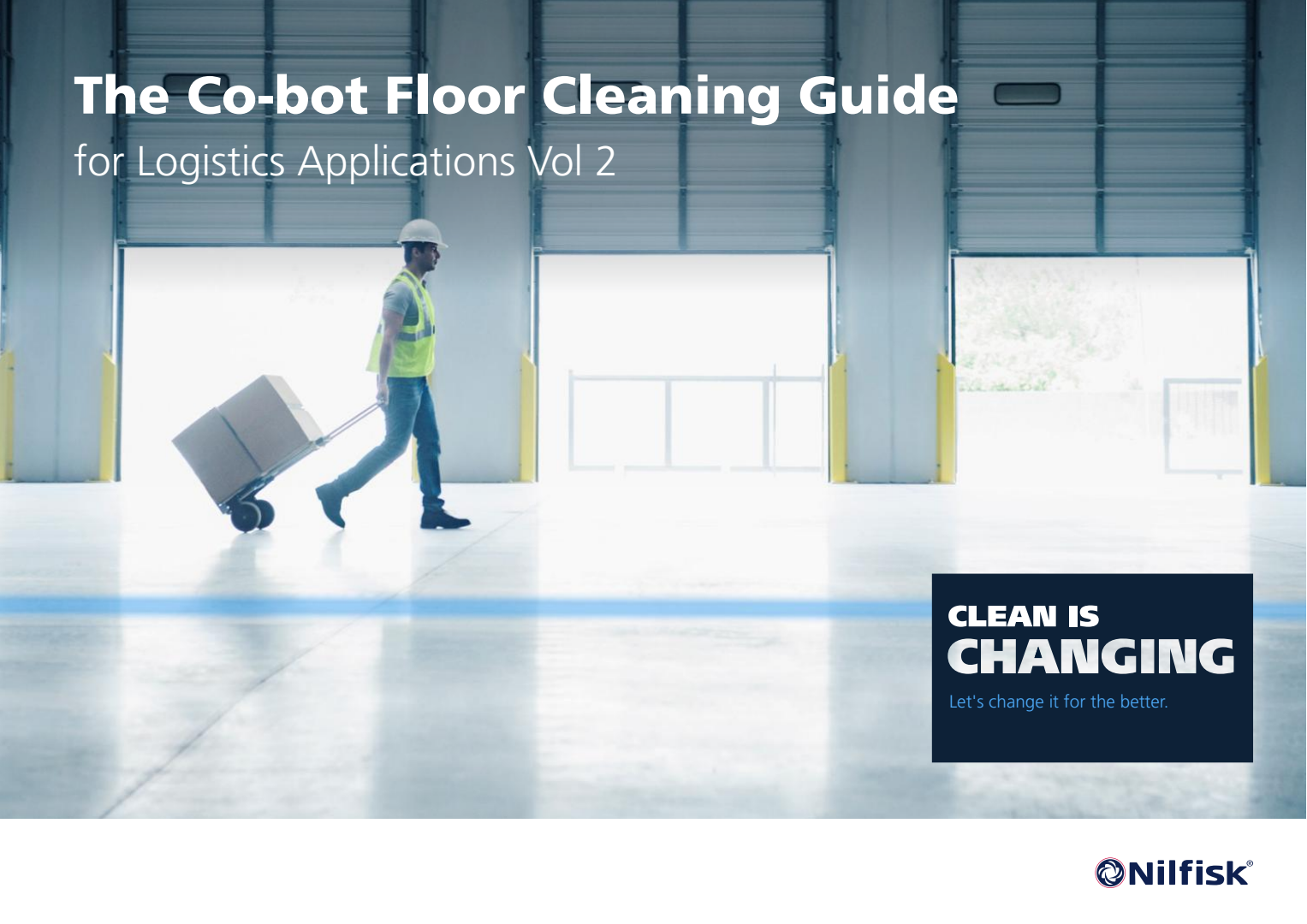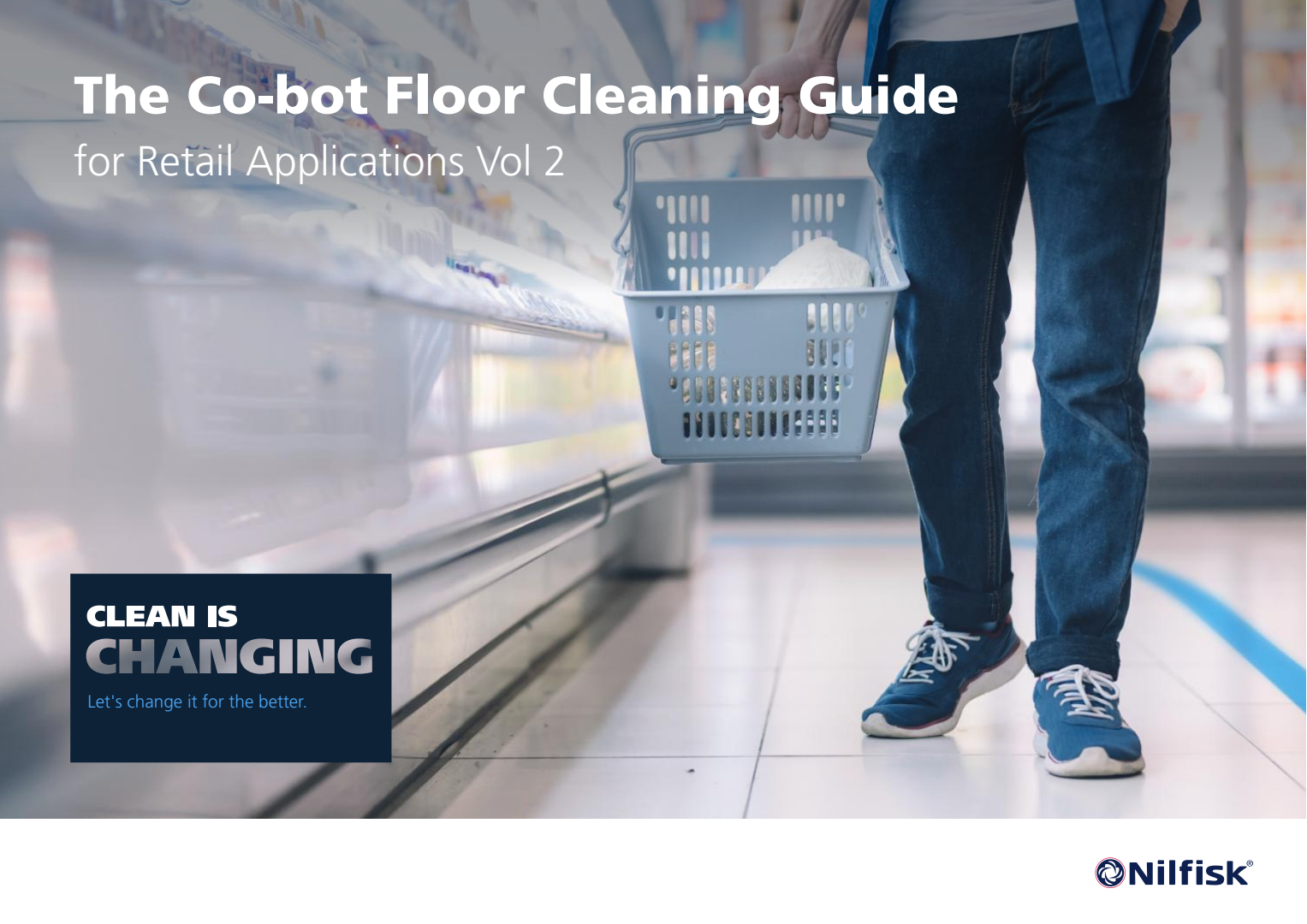10 tips to maximise your robotic floor cleaning
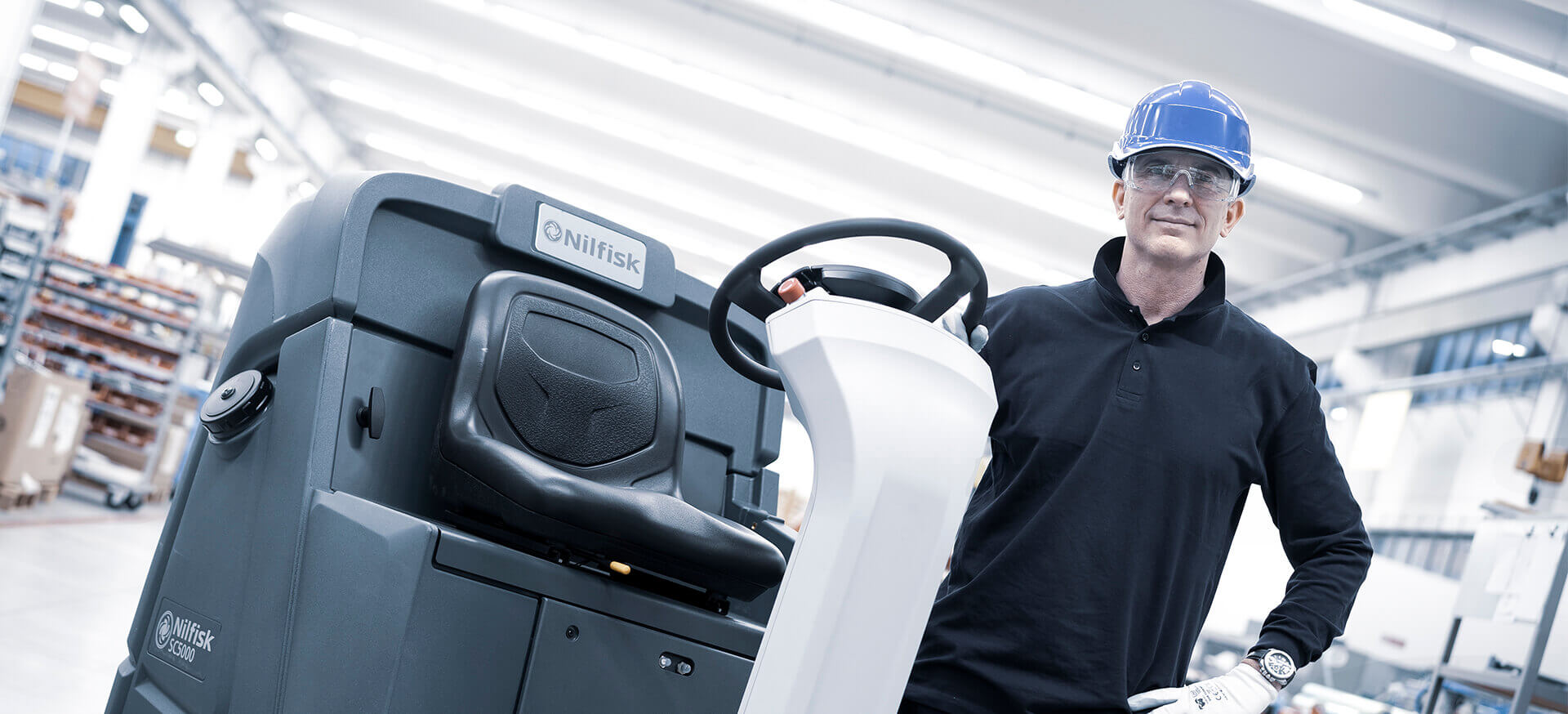
When it comes to efficient cleaning, every detail matters. Discover the 10 tips that will help you get the most from your robotic floor cleaners every day.
- Create an effective cleaning plan. This can be done by placing the location tag in static surroundings and recording the cleaning plan.
- Define cleaning schedule. Highly recommended, so that operators know what manual activities to perform while the robotic floor cleaner is working.
- Clear the cleaning paths. Before you start the machine make sure nothing stands in the way of cleaning, as it will help you maximize the productivity and performance of your autonomous solutions.
- Create a new cleaning plan when changes occur. If the cleaning area has changed significantly e.g., because of a new layout or temporary stock, create a new cleaning plan for that section of the facility.
- Flared turns. Always take flared turns when driving in and out of the facility, as well as when making U-turns. Do not cut corners.
- Stay clear of complex objects and spaces. This includes flat-based objects, overhanging objects from racks, new stacks of boxes or pallets, spaces too small for the machine to turn around and reflective objects, drops and glass panels.
- Prioritise on-going training to stay efficient. When you introduce an autonomous solution, it will most likely change your cleaning crew’s routines and the nature of their work. They must be prepared for this change, and be properly introduced to the new machine. Training not only helps you get the maximize the effectiveness of an autonomous solution, but also prevents personnel from reverting to old cleaning processes.
- The more input, the better. Input from various sensors provides the information needed for machines to make smart decisions on their own. Not only are machines capable of determining optimal paths and avoiding obstacles, but soon they will likely be able to change operational settings, such as chemical-mix and brush-pressure parameters, on the fly – all without operator intervention.
- Trackable performance. Data from sensors and connectivity modules can be tracked, reported, and analyzed, allowing operators to monitor and assess a machine’s status. Statuses include information like remaining runtime, remaining motor hours, or the number of kilometers covered with the current squeegee or brush. This allows for predictive maintenance and spare parts management, which minimizes downtime.
- Human and robot goes hand in hand. Get better cleaning results from your robotic floor cleaners in collaboration with humans. Autonomous cleaning solutions have the potential to improve cleaning efficiency and optimize time spent on high-volume, repetitive cleaning tasks. However, an autonomous machine cannot e.g. assess when extra cleaning is needed, so the machine depends on an operator’s input to make sense of the context in which they clean.
Inspiration and case stories
Get inspired by our selection of customer case stories and see how our intelligent floor cleaning solutions can help you improve your cleaning standards
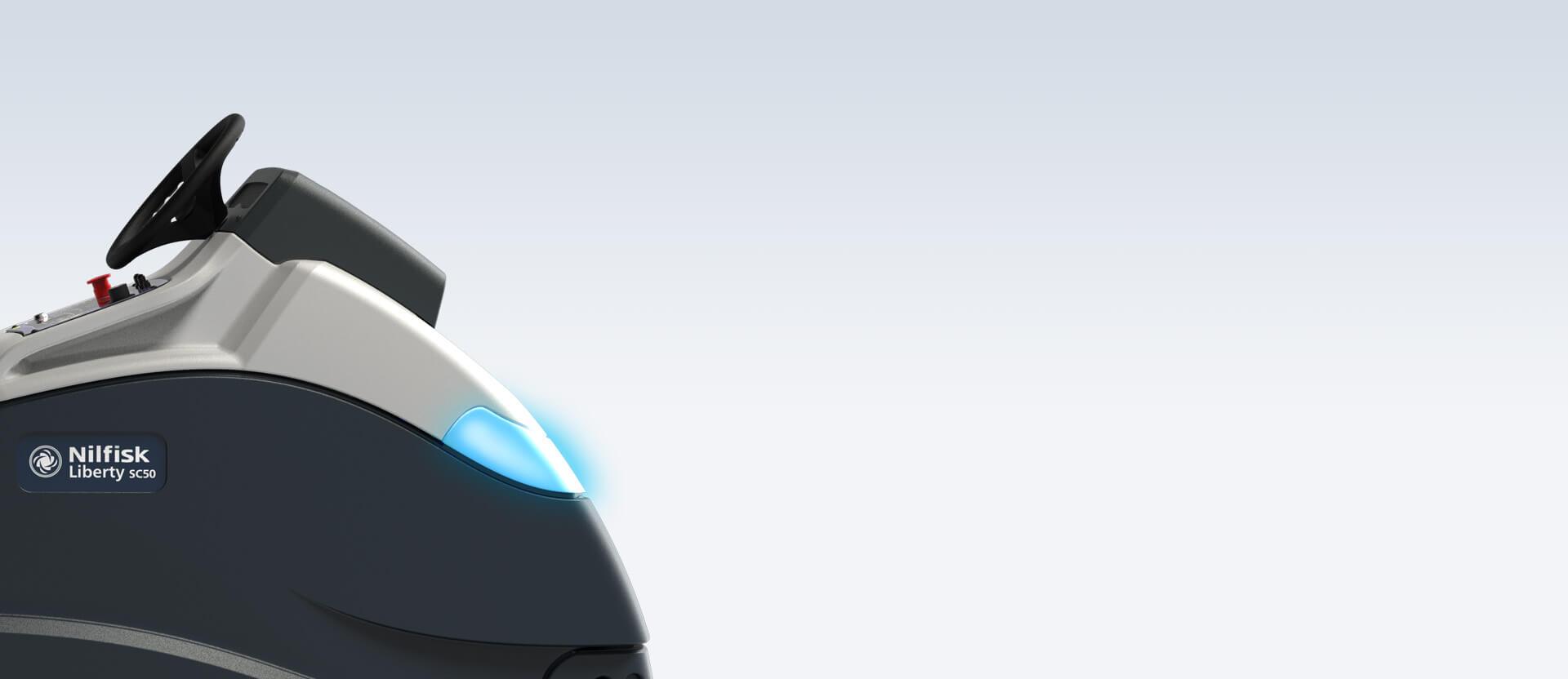
"Like having another team member"
St. Michael-Albertville was the first high school in the US to welcome the Nilfisk Liberty SC50, an autonomous scrubber dryer, onto its cleaning crew.

Smooth implementation
Staff comfort, training, and the ability to use robotic equipment were all priorities for University of Calgary went from traditional stand-on scrubbers to fully autonomous machinery.
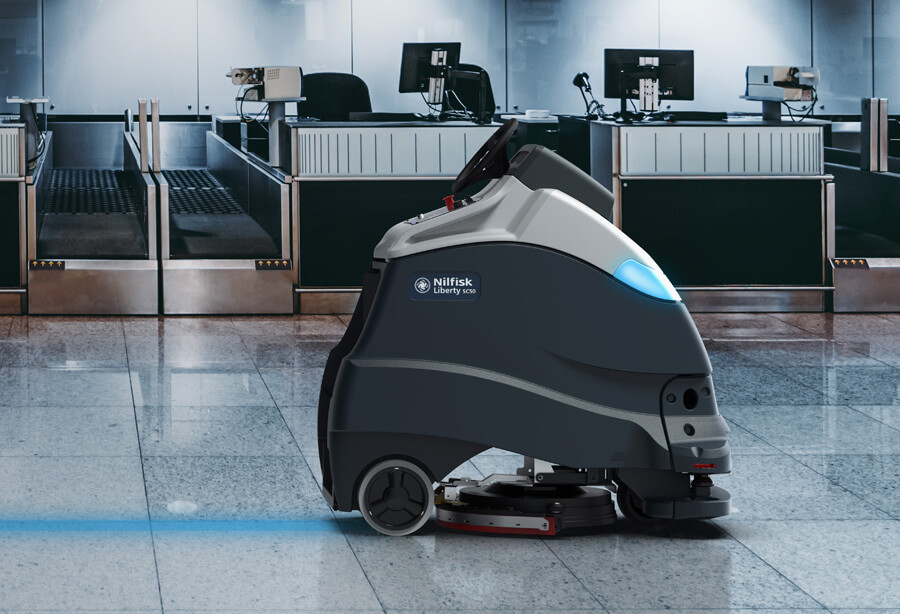
Help the cleaning team meet their targets
Nilfisk robotic scrubber is the newest cleaning-staff member at Norway’s TORP Sandefjord Airport.
Downloads and documentation
Check out our free, downloadable material and find everything you need to know about Nilfisk robotic floor cleaning solutions
